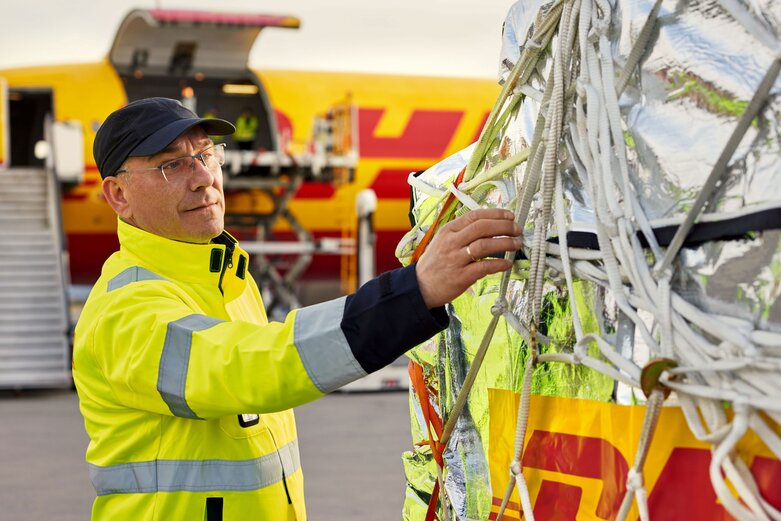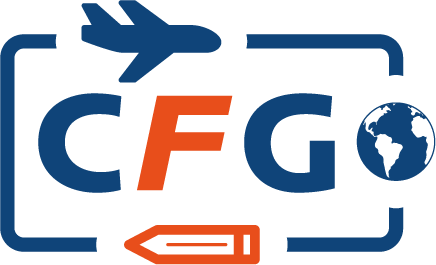According to DHL Global Forwarding’s latest Air Freight Market Update, global air freight transport demand grew between 4-6% in the first quarter of 2025, while capacity increased by only 3-4% in the same period. All in all Q1 saw only a moderate upswingdue to a variety of unfavorable factors like the uncertainty in tariffs and trade policies, e-commerce volatility, and lasting supply chain constraints. Ongoing conflicts in the Red Sea area, Russia’s war in Ukraine, Trump’s erratic tariff policy and the partial closure of Pakistani and Indian air space following recent hostile military actions continue to impact air cargo supply chains negatively.
In summary, the DHL market study concludes that the uncertainties in the industry have rarely been as great as they are today and that, due to the many and partially overlapping crises, there is currently no real silver lining on the horizon. However, as the survey also shows, individual regions are affected differently, exemplified for instance by Latin America’s booming perishable and flower business.

APAC keeps dominating transport volumes
Major volumes in Q1’25 were contributed by Asia Pacific (China, Hong Kong, Korea, Indonesia, and Japan). Key trade routes with significant growth YoY Q1’25 were Europe-Americas at 9%, Intra-Asia Pacific at 11% while Asia Pacific-Americas grew only 3%. The Asia Pacific economies will continue to lead the way, including fast-growing sub-markets such as Vietnam, Taiwan, Indonesia and also India.
In Q1, 2025, trade tensions, particularly between the U.S. and China, led to a surge in air freight as companies sought to bypass impending tariffs.
Middle East
To accommodate demand, carriers have started operating ad-hoc freighter flights within the region and between the Far East and Europe, increasing overall available capacity. Ongoing global economic volatility has driven higher demand for gold and silver transport. Meanwhile, spot rates from the UAE to Europe are falling as carriers offer more available space. This goes hand in hand with the rerouting of freighter capacity from Latin America or Africa to routes between East Asia and Europe or to North America, driven by the thriving e-Com demand. This trend is there to stay, predicts DHL GF.
Americas
With ongoing trade talks between the U.S. and many countries, it’s unclear how the tariffs will develop in the near or long term, and it is subsequently hard to predict the respective impact on trade and air cargo transport demand, states the logistics company. Trump’s recent back and forth over de minimis shipments exemplifies the dilemma the industry is facing if political decisions suddenly disrupt proven practices.
The de minimis threshold varies significantly across countries and plays a crucial role in international trade, especially in the e-commerce sector. Understanding de minimis values is vital for navigating customs regulations effectively, optimizing shipping strategies, and ensuring transparent pricing for consumers. This topic caused by far the biggest irritation in Q1, 25.
The de minimis shock
Stable de minimis values benefit business-to-consumer (B2C) orders because they are typically low value, that’s why they are exempt from duty or tax. When a de minimis value is set, it provides faster clearance and speeds up supply chains. Conversely, shock waves are the result when the entire scheme is changed practically overnight and repeatedly, as was recently done by the Trump administration.
DHL-GF concludes that current shifts in trade flows will result in higher volumes from China to Europe/Latin America and Southeast Asia/ India to the USA, depending on the outcome of the tariff debate. But as global uncertainties are mounting, the challenge remains for airlines, forwarders, and shippers to plan i.e. shippers rerouting from high tariff to lower tariff countries, re-directing products to factories and distribution hubs, with airlines re-aligning capacity to trade lanes where demand is strong.
IDS Fulfillment becomes part of DHL
Further to this DHL Supply Chain announces that it has acquired U.S.-based e-commerce fulfillment and retail distribution logistics provider IDS Fulfillment. Through the takeover, the company’s e-commerce capabilities can be further enhanced and its service offerings to small and midsized customers be expanded. The acquisition adds over 1.3 million square feet of multi-customer warehouse and distribution space strategically located across the U.S. This includes facilities in Indianapolis, Ind., Salt Lake City, Utah, Atlanta, Ga., and Plainfield, Ind., where the company is headquartered. Committed to ensuring a seamless transition for customers and associates, DHL will continue to operate all IDS facilities under existing local leaders, assures a press release.




